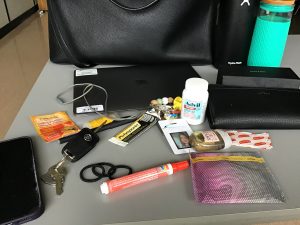Impact of COVID-19 on Global Health:
With the outbreak of COVID-19 in December of 2019 and the global pandemic declared by the World Health Organization in March of 2020 ((Marinoni et al., 2020) life as many people knew it came to a halt and the health of the globe was effectively put at a tremendous risk. Many sectors including, healthcare, agriculture, politics, economics, business, and education were forced to turn to technology to sustain themselves and their industries. Doctors were able to diagnose illnesses and prescribe medications, politicians were able to sign bills into law, businesses were able to conduct group meetings all while using technology like, internet, phone, video chat that were created decades prior. Our world was also shown to be incredibly interconnected, “With online and offline connections, the world is a global village (McLuhan, 1962) and a butterfly flapping its wings in Asia can cause a hurricane all around the world (Lorenz, 1972)”. People around the world were forced to adapt to online technological structures in order to continue to sustain work, health, culture, business, and commerce around the globe while also simultaneously dealing with their own and those around them physical and mental health. A very critical sector that was severely impacted by COVID-19 was education.
Global Health and Educational Technology:
The educational system throughout the world was at a cease during the COVID-19 pandemic. Many did not initially know how it would be possible to sustain a well-rounded educational system during home lock-down. Educators were forced to reinvent the wheel when it came to visualizing education and how educational goals could still be met while also staying safe and socially distant. The relationship between education, technology, and global health had never been clearer than during this particular pandemic. There were, and still are, genuine concerns regarding the inefficiency of the current education model as it struggled to meet the needs of students and faculty alike, “1.6 billion children and youth in 188 countries—91.3 percent of the world’s student population—had been affected by school closures” (Bennett, 2020 and The Canadian Commission for UNESCO, 2020). Education and global health are clearly directly related and have a ripple effect on many other industries and processes. The health of our globe is highly dependent upon the education of its citizens. Almost all teachers and students were forced to go through what was referred to as e-learning or distance learning during the height of the COVID-19 pandemic. Due to this global health crisis, education providers had to become innovative and adaptable in utilizing technology to continue to provide quality lessons and instruction. Even with all these well-intentioned efforts, “students would potentially begin fall 2020 with roughly 70% of the learning gains in reading relative to a typical school year. In mathematics, students were predicted to show even smaller learning gains from the previous year, returning with less than 50% of typical gains” (Kuhfeld et al., 2020). These huge gaps, although somewhat expected with the difficult transition to online learning, also raised vital issues and concerns in regards to equitability in the distribution of e-learning, in fact, Burgess and Sieversten suggest that there were, “substantial disparities between families in the extent to which they can help their children learn” (2020). This essentially means that this global health crisis really brough forward and shed a much-needed light on the economic disparities between families. It was clearer to see that inner-city schools struggled more utilizing online learning than others. The “digital divide” as it is commonly known as found that a large number of students checked-out from online learning due to a variety of different disparities (Bennet, 2020).
Another important consideration when it comes to understanding global health and educational technology in the context of COVID-19 is to think about how the pandemic affected mental health in students and educators as well. People were not only dealing with illnesses of their own or people close to them which ultimately led to more emotions and tensions that have gotten worse over time and are continually leading to many more cares of depression and anxiety which is in turn causing a mental health crisis that is affecting the globe (Burgess & Sievertsen, 2020). During the height of the pandemic, “more children were…reported to have been suffering persistent sadness and experiencing feelings of hopelessness for a couple of weeks or more” (Bennett, 2020). The lack of real, face to face, social connection with peers and education staff in schools had a much deeper impact on adolescent children than can be accurately measured.
Conclusion:
It is clear to see that COVID-19 has had and will continue to have a profound effect on the health of our globe, particularly, school-aged children. The pandemic has also shed a light on the way we look at the systems we have put in place for centuries. It has brought to the forefront some of the harshest disparities when it comes to access to everyday essentials from food, water, and shelter to technology that is needed to sustain education and livelihoods. Educational technologies can be a powerful tool for immense change and innovation to previously aged educational systems, but there needs to be serious consideration and understanding of the needs of learners when trying to move forward. Needs including funding and access but also emotional and mental needs that will continue to have lasting impacts on future generations.
References:
Bennett, P. W. (2020, July 20). The educational experience has been substandard for students during COVID-19. [Policy Options] Retrieved from https://policyoptions.irpp.org/magazines/july-2020/the-educational-experience-has-been-substandard-for-students-during-covid-19/
Burgess, S., Hans Henrik Sievertsen, H. H. (2020, April 1). Schools, skills, and learning: The
impact of COVID-19 on education [Vox] Retrieved from https://voxeu.org/article/impact-covid-19-education
Bozkurt, A., & Sharma, R. C. (2020). Emergency remote teaching in a time of global crisis due
to CoronaVirus pandemic. Asian journal of distance education, 15(1), i-vi.
https://doi.org/10.5281/zenodo.3778083
Kuhfeld, M., Soland, J., Tarasawa, B., Johnson, A., Ruzek, E., & Lewis, K. (2020, January). How is COVID-19 affecting student learning? Question 2 (Links to an external site.) [Blog]. Brown Center Chalkboard.
Marinoni, G., Van’t Land, H., & Jensen, T. (2020). The Impact of Covid-19 on Higher Education around the World. International Association of Universities (IAU) Global Survey Report. https://www.iauaiu.net/IMG/pdf/iau_covid19_and_he_survey_report_final_may_2020.pdf
UNICEF. (2021, September 21). Schools still closed for nearly 77 million students 18 months
into pandemic – UNICEF. [Site]. Retrieved from https://www.unicef.org/chad/press-releases/schools-still-closed-nearly-77-million-students-18-months-pandemic-unicef

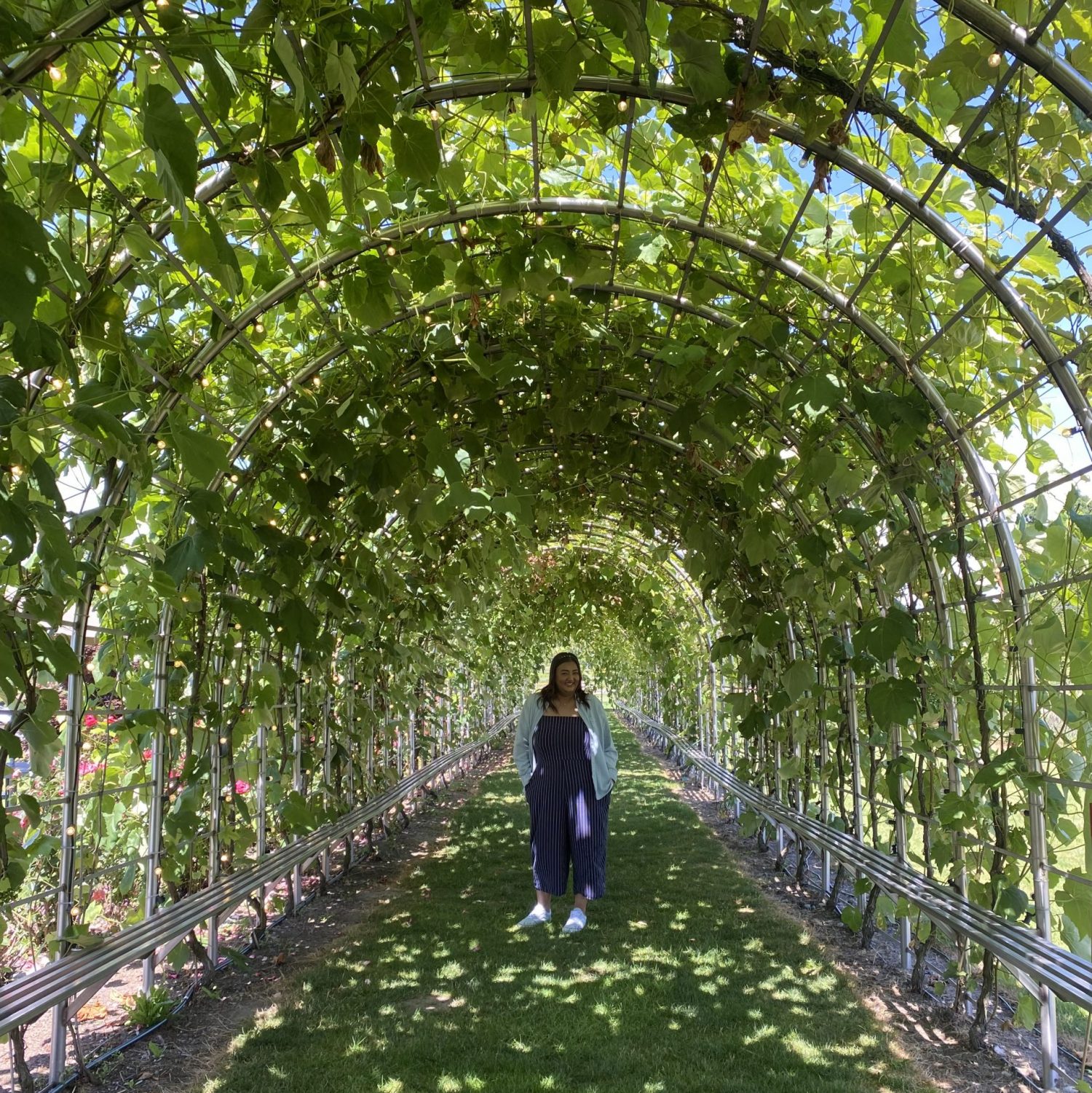
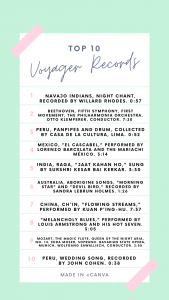
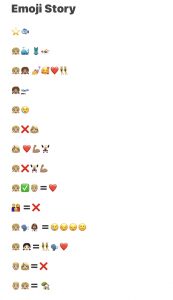
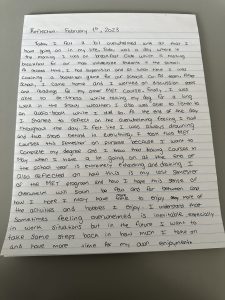
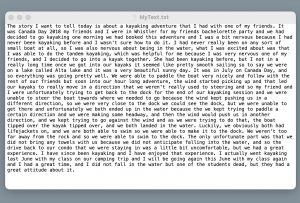
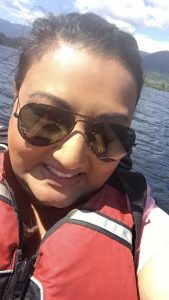 (pre lake submersion)
(pre lake submersion) .
. 